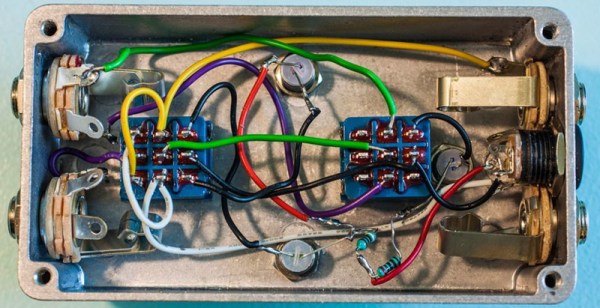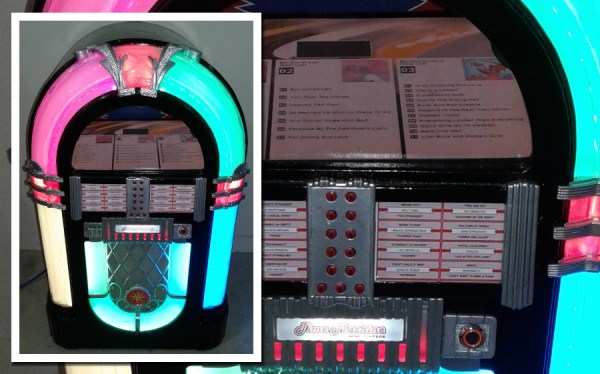The Teenage Engineering Pocket Operators are highly popular devices — pocket-sized synthesizers packed full of exciting sounds and rhythmic options. They’re also remarkably affordable. However, this comes at a cost — they don’t feature MIDI connectivity, so it can be difficult to integrate them into a bigger digital music setup. Never fear, little-scale’s got your back. This Max patch allows you to synchronize an Ableton Link network to your Pocket Operators.
little-scale’s trademark is creating useful software and hardware devices using cheap, off-the-shelf hardware wherever possible. The trick here is a simple Max patch combined with a $2 USB soundcard or Bluetooth audio adapter. It’s all very simple: the Pocket Operators have a variety of sync modes that sync on audio pulses, essentially a click track. They use stereo 3.5mm jacks on board, generally using one channel for the synth’s audio and one channel for receiving sync pulses. It’s a simple job to synthesize suitable sync pulses in Ableton, and then pump them out to the Pocket Operators through the Bluetooth or USB audio output.
The Pocket Operators sync at a rate of 2 PPQN — that’s pulses per quarter note. little-scale says that KORG volcas & monotrons should also work with this patch, as they run at the same rate, but it’s currently untested. If you happen to try this for yourself, let us know if it works for you. Video below the break.
We’ve seen pocket synths on Hackaday before, with this attractive mixer designed for use with KORG Volcas.

















